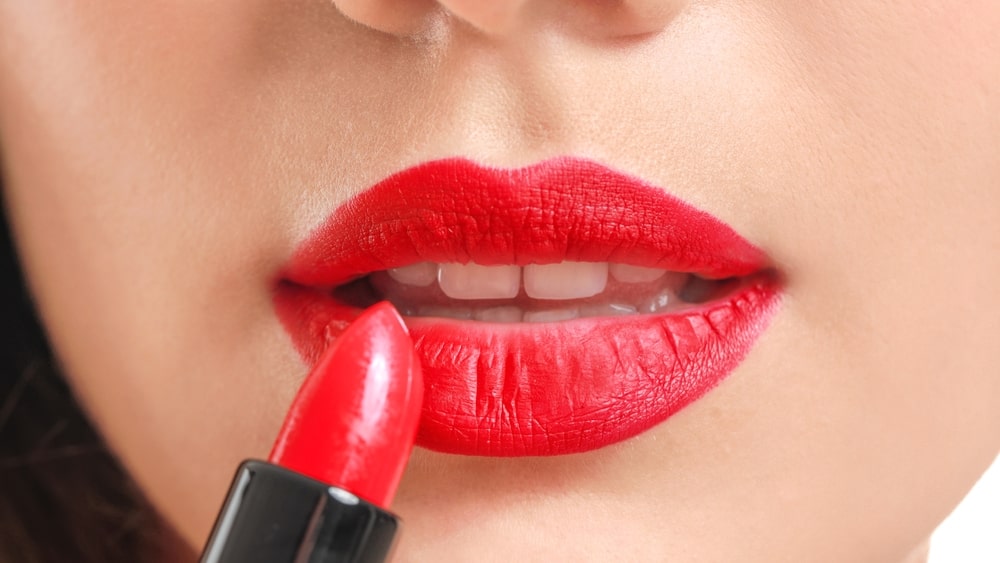Preparation of Lipstick: Lipsticks are cosmetic products containing pigments, oils, waxes, and emollients which are applied to the lips to provide color, moisturization, and protection. Lipstick is the least expensive and most popular cosmetic.
Lipstick may be basically defined as the dispersion of the coloring matter in a suitable blend of oils, fats, and waxes with suitable perfumes and flavors molded in the form of sticks.
Quality of good lipsticks
The ideal requirements for good lipstick are as follows:
- It should impart a gloss to lips that would last long.
- It should be able to maintain the intensity of color.
- It should possess good thixotropic properties.
- It should be non-irritant and non-toxic.
- It should possess the required plasticity throughout the storage period.
- It should not be gritty.
- It should be physically and chemically stable.
Preparation of Lipstick
Solid components/waxes:
- The hydrocarbon waxes: Example-White beeswax
- The mineral waxes: Example- Ozokerite wax, ceresin wax, Montan Wax
- Hard waxes: Example- Carnauba wax, candelilla wax, hard paraffin
- Microcrystalline waxes
White Beeswax or common wax forms the oily base in the formulation of lipsticks. It is naturally obtained from honeycombs of the honey bee Apis mellifera. Its Melting Point ranges between 62-65°C. It is used in concentrations of about 3-10% of the total formulation. Ozokerite, Ceresin, and Montan Wax are mineral waxes, derived from coal and shale. Candelilla Wax is obtained from Euphorbiaceae plants such as Euphorbia Cerifera and Euphorbia antisyphilitica. Its melting point ranges between 65°C to 75°C Hard paraffin is a purified blend of several solid Hydrocarbon bases that are obtained from petroleum. Its melting point ranges between 55°C -and 65°C. Microcrystalline Waxes are hydrocarbons containing a long carbon chain. They have wide melting points ranging between 60°C to 120°C.
Liquid component:
Mineral oils, vegetable oils (sesame oil and olive oil), castor oils, butyl stearate, Glycol, water, silicone fluids, IPM (isopropyl maleate)
Mineral oil consists of a blend of hydrocarbons obtained from a petroleum source. They are used in concentrations of less than 5%. Vegetable oils are less commonly used. Castor Oil is obtained from the seeds of the castor plant, Ricinus communis. It is used in the concentration of 40-50% of the total formulation) Propylene Glycol is used in combination with other monoesters of propylene glycol. Silicone Fluid is mostly used to aid in mold release. Isopropyl Maleate (IPM) is used in the concentration of 2.3% to, increase lip gloss.
Softening components:
Anhydrous lanoline, lanolin cocoa butter, lecithin, petrolatum. Lanolin Derivatives include ethers, esters, and lanolin oils. They provide a non-greasy look to the film. They are also used as blending agents or plasticizers. Cocoa Butter is not widely used now due to rancidity and surface crystallization. Petrolatum is a hydrocarbon obtained from petroleum. It is odorless and tasteless. It is used to enhance the gloss Lecithin is used in minor quantities to impart smoothness and an emollient effect.
Coloring agents:
The colors must be certified with the F, D, and C grades. They should impart good color to lips. They should uniformly miscible with the oils used. The colors used in lipstick may be Soluble Colours (are dyestuff agents that are easily soluble in oil, water, and alcohol) or Insoluble Colours (are organic or inorganic pigments that are insoluble). Example: Carmine, dyestuff stain, pigmented stain, lakes, etc. Carmine is obtained as carminic acid from the cochineal insects by extracting the insects with ammonia. The carminic acid obtained is precipitated with alum and is dried and used Dye Stuff Stains include cousin dyes and provide a long-lasting effect on the lips. Lakes (Aluminium lakes, barium or calcium lakes, strontium lakes) are used at concentrations of about 8-10%.
Pearlescent pigments:
They are used to give a pearl-like appearance to the product on application. Example: Guanine crystals, bismuth oxychloride. Guanine crystals are obtained from fish scales. Bismuth oxychloride in 70 % castor oil is used to provide a lustrous look.
Opacifying agents:
It is used for whitening lipsticks. Various shades can be obtained by, varying the proportions. Example: Titanium dioxide.
Perfume:
Light floral fragrances and fruity flavors are used to cover the fatty odor of the oily waxes. Example: rose oil, cinnamon oil, lavender oil, etc.
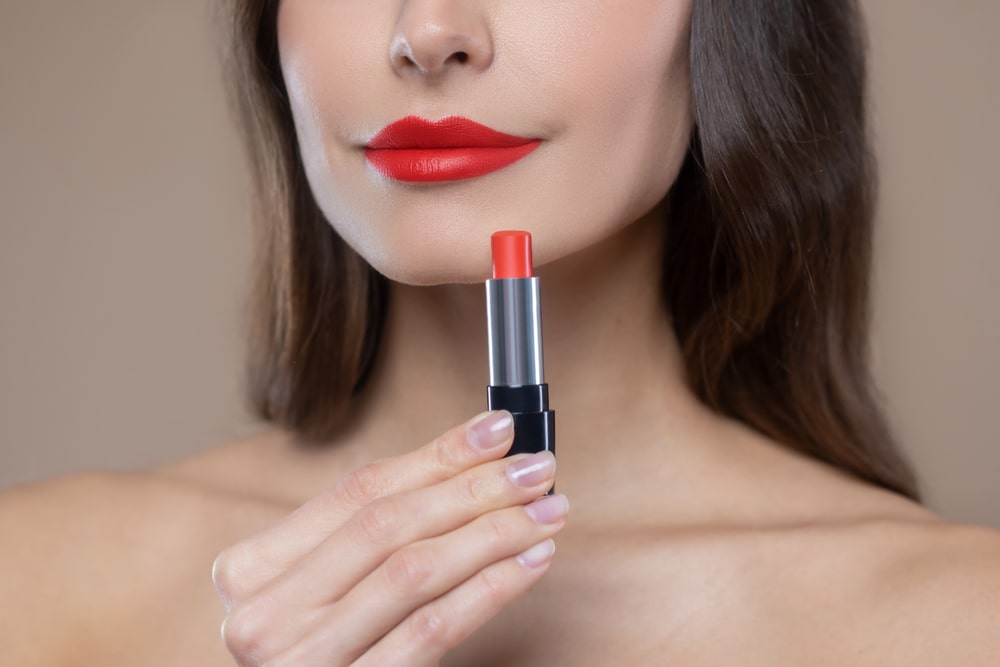
Miscellaneous agents:
- Preservatives: They are used to reduce microbial growth. The concentration of the preservative should not exceed 0.1%. Examples: Parabens (such as methylparaben and propylparaben)
- Antioxidants: Some ingredients used in the formulation may be susceptible to oxidation which cause degradation of the product. Therefore antioxidants are added in order to prevent oxidation. The commonly used antioxidants are butylated hydroxyl anisole (BHA), butylated hydroxyl toluene (BHT), tocopherol, propyl gallate, butylated hydroxyl quinines, etc.
- Sweetening and Flavouring agents: Sweetening agents such as sodium saccharin and ammonium glycyrrhizate may also be used to improve the taste Flavouring agents are included in order to impart good flavor to the product. Example: Cinnamoniol, spearmint oil, etc.
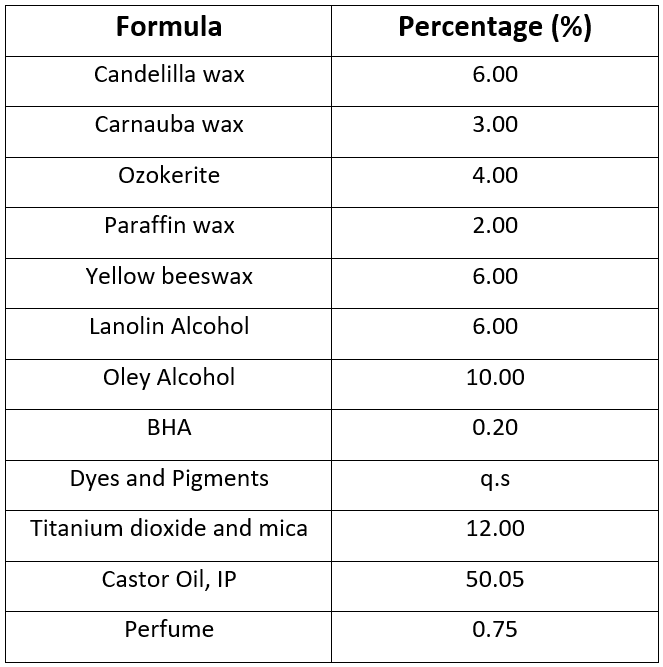
Preparation of Lipstick
The manufacturing process includes three separate steps:
- Melting and mixing the lipstick;
- Pouring the mixture into the tube;
- Molding; and
- Packaging
Melting and mixing the lipstick
The raw ingredients for the lipstick are melted and mixed separately in stainless steel or ceramic container. One container contains the solvents, the second contains the oils, and a third contains the fats and waxy materials.
The solvent solution and liquid oils are then mixed with the color pigments which are ground initially to avoid a “grainy” feel to the lipstick. The mixture is then passed through a roller mill or colloid mill or corundum mill. Corundum mill is preferred for this purpose with its advantages of low investment capital, low service cost, and small size particles obtained only in one grinding. The mixture is stirred for several hours. The vacuum is applied to withdraw the air.
After the grinding of pigment mass and mixing, it is further added to the hot wax mass until a uniform color and consistency are obtained.
Pouring the mixture into the tube
Once the lipstick mass is mixed and free of air, then it is poured into pans or tubes. On small scale, the mass is continuously agitated at the desired temperature in the melter. But on large scale, large volume batches are passed through a melter that agitates the lipstick mass and maintains it as a liquid.
Molding
The melted mass is dispensed into a mold of different shapes. The molds most commonly used are made of strips of brass or aluminum. The inner cavities of these molds are first greased with silicone fluid and then filled with molten pomade. Any excess is scraped from the mold. Automatic and semi-automatic molding equipment is also available. The lipsticks is then cooled and separated from the mold. The lipstick is visually inspected for air holes, mold separation lines, or blemishes.
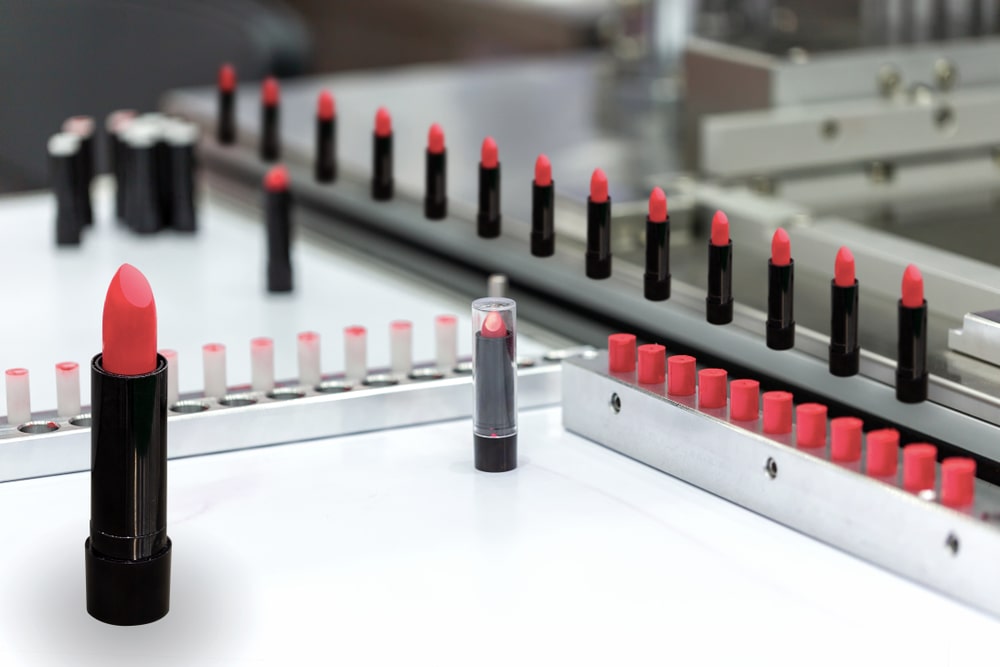
Packing
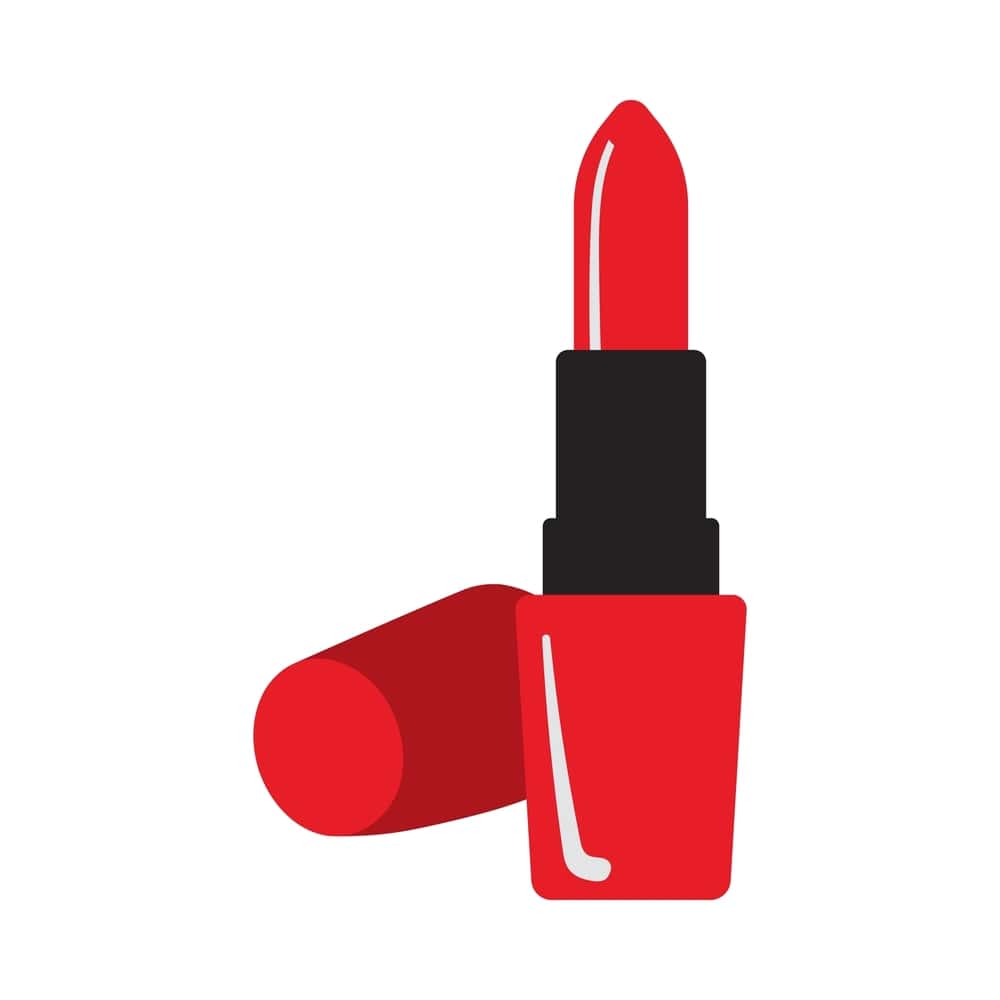
Now lipstick is ready for packaging. They are packed in lipstick tubes or dispensers and labeled and forwarded for quality control and marketing.
Make sure you also check our other amazing Article on : Tablet Compression Machine
